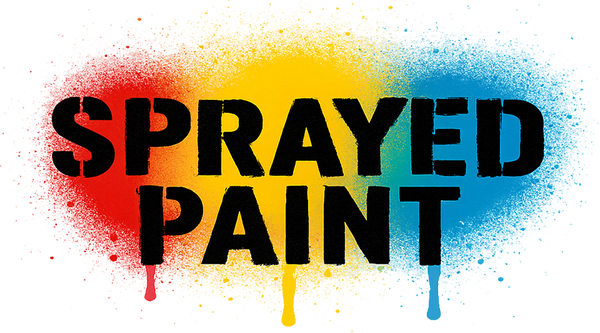Artwork Description
Like Candy Limited Edition Archival Pigment Print Transfer on Laser Cut Archival Foam Core Board by Modern Pop Street Graffiti Artist Leon Keer.
PP Printers Proof 2019 Marked PP Archival Pigment Print Transfer on Laser Cut Archival Foam Core Board Size: 24 x 18.625 x .25 Inches Release: June 18, 2019- Slight on the upper extreme edge and another on the rear lower left facing side that can really only be seen from above or behind.
"I created this painting to talk about the over-prescription of pain management drugs and false assumption about the effectiveness of medicine, caused a worldwide abuse of and addiction to painkillers such as Vicodin." - Leon Keer.
Interpreting Leon Keer's Message
Leon Keer's "Like Candy" is a provocative piece of Street Pop Art and graffiti Artwork, symbolic of the genre's power to comment on social issues. Created in 2019 and marked as a Printers Proof (PP), this archival pigment print transfer on laser-cut archival foam core board is a stark reminder of the darker side of medication in modern society. Sized at 24 x 18.625 x .25 inches and released on June 18, 2019, it's noteworthy for a slight imperfection: a barely visible nick to the upper left-facing corner, which, rather than detracting, adds a layer of authenticity to the work. Keer's creation is more than a visual treat; it's a critical commentary on the healthcare industry's frivolous distribution of potent medications. By juxtaposing the addictive nature of painkillers like Vicodin against the innocent imagery of candy, Keer draws a parallel to the deceptive allure of these drugs. The artwork's title, "Like Candy," underscores the ease with which such medications can be obtained and consumed, often with little thought to the consequences. Keer explicitly mentions his intent to spotlight the over-prescription of pain management drugs and the mistaken beliefs surrounding their effectiveness, which has fueled a global crisis of abuse and addiction.
Artistic Expression and Social Commentary
Keer's methodology incorporates traditional elements of street art with modern techniques, resulting in a piece that is both aesthetically pleasing and deeply thought-provoking. His choice of medium—archival pigment print transfer on laser-cut archival foam core board—reflects a contemporary edge, aligning with the innovative spirit of street and pop art. The three-dimensional aspect of the laser-cut foam adds depth to the piece, further emphasizing the layers of meaning behind the façade of pharmaceutical consumption. The artwork, while visually aligned with the playful nature of street art, carries a sad message that resonates with a broad audience, transcending the boundaries of conventional graffiti artwork.
The Impact of "Like Candy"
In Street Pop Art and graffiti Artwork, Leon Keer's "Like Candy" is a powerful conversation starter. It's an artwork that doesn't just sit quietly on the wall; it challenges viewers to reconsider their perceptions of medicine. It acts as a mirror to society's often casual treatment of prescription drugs, contrasting the colorful, child-like appeal of candy with the severe implications of medication misuse. Keer's art reflects his mastery of the pop art aesthetic and demonstrates the potential of street art to effect change and provoke discussion about pressing societal issues.
Reflection on the Pharmaceutical Industry
Keer's artwork is a scathing critique of the pharmaceutical industry's role in the epidemic of drug dependency. Keer cleverly subverts our expectations by transferring the image of gummy candies, which are typically associated with sweetness and pleasure, onto a medium that suggests prescription medication. The artwork raises questions about the responsibility of drug companies in the opioid crisis and the ease with which powerful drugs are marketed and distributed. "Like Candy" is a poignant reminder that what may be sold as a panacea can sometimes become a peril, a statement that echoes through the halls of modern Street Pop Art and graffiti Artwork. "Like Candy" is a testament to Leon Keer's artistic skill and his commitment to using art as a means of social commentary. With its thoughtful construction and impactful message, it remains a significant piece within contemporary art discourse. As with many great works of Street Pop Art and graffiti Artwork, it bridges the gap between aesthetic appeal and social consciousness, proving that art can be beautiful and a bearer of important messages. This piece stands out as a poignant reflection on an issue affecting millions worldwide, ensuring its relevance for years.





